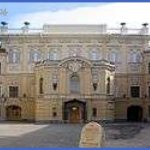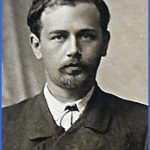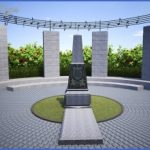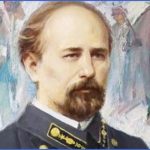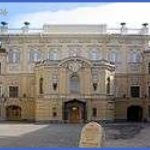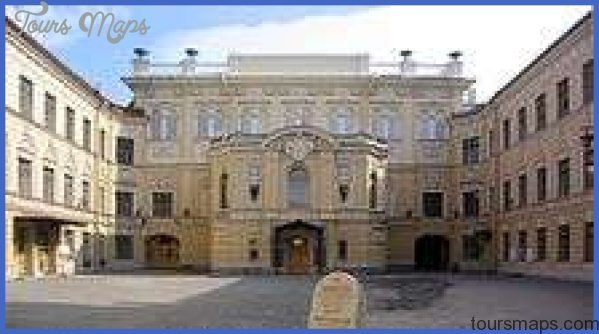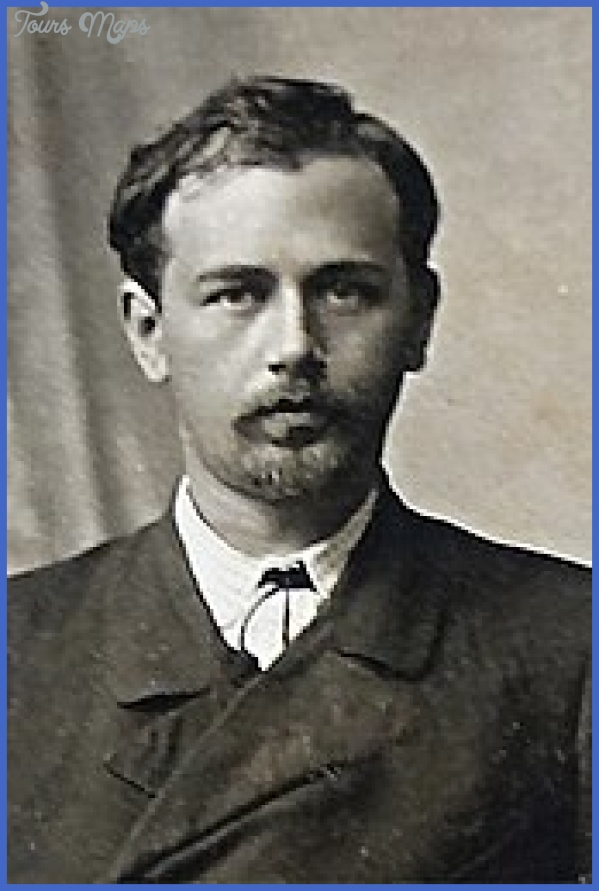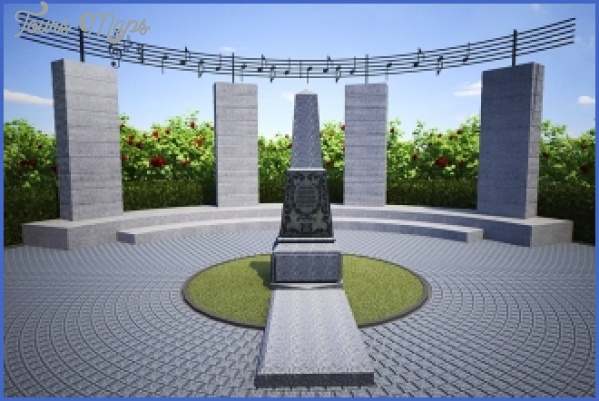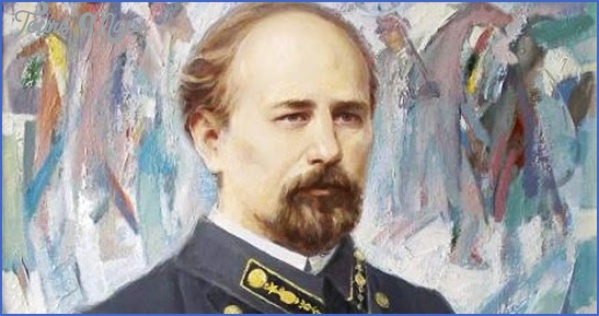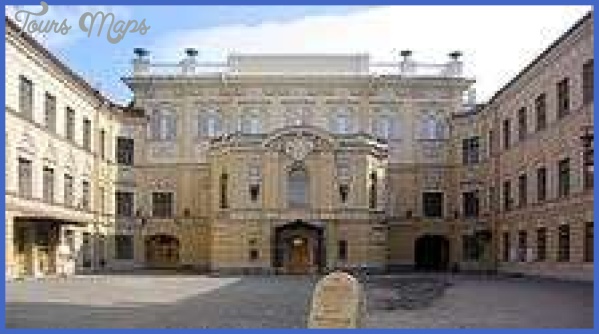LEONTOVYCH MUSEUM
The name of Mykola Dmytrovych Leontovych has strong resonances for Ukrainians. His folk carol Shchedryk (1916) is sung by choirs and is widely familiar. Born in 1877, Leontovych was seminary-trained; unlike his father, who became a priest, he became a teacher, first of mathematics and later of music, although he was largely self-taught – a state of affairs he made tremendous efforts to remedy, attracting the attention and help of Lysenko. In 1908 he took up a teaching post at a school for governesses and settled with his wife in Tul’chyn, 80 km south of Vinnyts’ya and about 350 from Kiev. He collected and made choral arrangements of Ukrainian folksongs, which were published after his death. In 1918 he began teaching at the Lysenko Music and Drama Institute in Kiev and at much the same time was appointed organist and director of the First Ukrainian State Chapel, which brought him opportunities to compose more ambitious choral works. With Lysenko’s encouragement, Leontovych began work on an opera, Na rusalchyn velykden (‘On Rusalka’s Easter’), but it was unfinished when on 25 January 1921 he was murdered: he had stopped for the night at his parents’ home in Markivka (near Tul’chyn), where he played the piano for his family and their guest, supposedly a government agent, who at some point in the evening demanded money and, in the ensuing struggle, shot the composer.
LEONTOVYCH MUSEUM Photo Gallery
In 1977 the simple house in Tul’chyn, where Leontovych lived with his family from 1908 to 1921, became a memorial museum attached to the City Historical Museum. The foyer and three of the rooms tell the story of his life and place in Ukrainian music: on display are documents and photographs (both originals and copies) from his childhood; books and music from his library (including a copy of Robinson Crusoe and music by Glinka and Stetsenko), his American harmonium, a viola, flute and bandora; his shirt collars and handkerchief, his black-rimmed glasses, fountain pen, baton and tuning fork. A copy of the large bronze bust (1969) erected in the main street of Tul’chyn (across from the ubiquitous Pushkin monument) is surrounded by posters for performances of his unfinished opera, anniversary celebrations and Dudaryky, the film about his life made in the 1980s, and photographs, including one of the ship named after him. At the rear of the house his study is furnished with his Schroder upright piano and a German zither, his desk, travelling writing case, and shelves with sheet music by Lysenko and Grieg. The largest room of the house is laid out in a series of room settings of family furniture (some of it made by the father), including a table set with well-used china and – unforgettably – the sofa on which the composer was mortally wounded.
Maybe You Like Them Too
- Top 10 Islands You Can Buy
- Top 10 Underrated Asian Cities 2023
- Top 10 Reasons Upsizing Will Be a Huge Travel Trend
- Top 10 Scuba Diving Destinations
- World’s 10 Best Places To Visit

